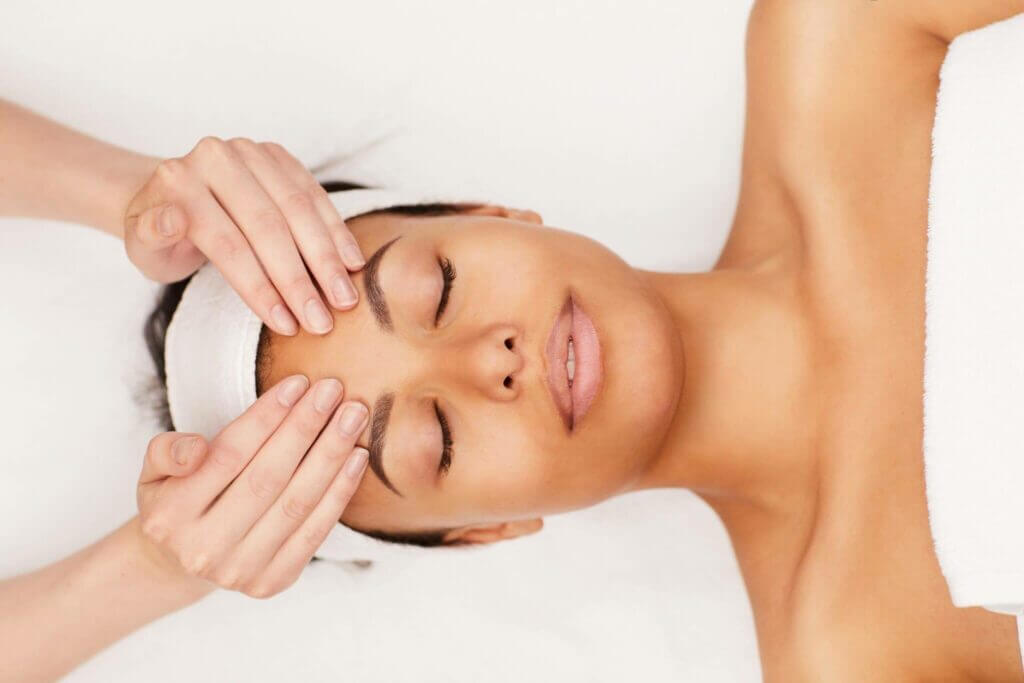Chemical Peel
Chemical Peel
A chemical peel is a procedure that involves applying a chemical solution to the skin in order to remove the top layers. The skin that regenerates is smoother. With a light or medium peel, you may need to repeat the procedure to achieve the desired results.
Chemical peels are commonly used to treat wrinkles, discoloured skin, and scars on the face. They can be performed alone or in conjunction with other cosmetic procedures. And they can be done at various depths, ranging from light to deep. Deeper chemical peels produce more dramatic results but take longer to heal.
Because skin is temporarily more sensitive to the sun after a chemical peel, use sunscreen every day. On the label, it should say “broad-spectrum,” which means it protects against UVA and UVB rays from the sun. It should also be a physical sunscreen with an SPF of at least 30. Wear a wide-brimmed hat and limit your time in the sun, especially between 10 a.m. and 2 p.m.
Duration
It takes 1 hr 15 mins for the appointment.
Price
The price is $90.
Deposit
We require a deposit of $50.

Frequently Asked Questions
Here you can find answers on frequently asked questions. If you cannot find the answer, feel free to contact us via email or phone.
We will clean your face, protect your hair, and cover your eyes with ointment, gauze, tape, or goggles before the procedure.
A light chemical peel typically does not necessitate pain relief. If you have a medium peel, you may be given a sedative and pain reliever. A sedative, something to numb the treatment area, and fluids delivered through a vein may be used for a deep peel.
During a light chemical peel, the following steps are taken:
- A chemical solution containing glycolic acid or salicylic acid will be applied with a brush, cotton ball, gauze, or sponge. Whitening of the treated skin will begin.
- While the chemical solution is on your skin, you may experience mild stinging.
- To remove the chemical solution from the treated skin, we will use a neutralising solution or a wash.
During a medium chemical peel, the following steps are taken:
- We will apply a chemical solution containing trichloroacetic acid, sometimes in combination with glycolic acid, with a cotton-tipped applicator or gauze.
- After a few minutes, we'll apply cool compresses to the treated skin to soothe it. You may also be given a hand-held fan to keep your skin cool. However, no neutralising solution is required.
- For up to 20 minutes, you may experience stinging and burning sensations.
During a deep chemical peel, the following things happen:
- Your heart rate will be closely monitored as you are given intravenous (IV) fluids.
- We will apply carbolic acid (phenol) to your skin with a cotton-tipped applicator. Skin that has been treated will begin to turn white or grey.
- To limit your phenol exposure, we will perform the procedure in 15-minute increments. A full-face procedure could take up to 90 minutes.
A light chemical peel improves skin texture and tone while also reducing the visibility of fine wrinkles. The effects are subtle at first, but they become more pronounced as treatments are repeated. The treated skin will be noticeably smoother if you have a medium chemical peel. The look and feel of treated areas will improve dramatically after a deep chemical peel. The outcomes may not be permanent. Age and new sun damage can cause new lines and skin colour changes over time.
The new skin is temporarily more sensitive to the sun after any peel.
Your skin will be red, tight, irritated, or swollen after any depth of chemical peel. Follow our instructions for sun protection, cleansing, moisturising, and applying skin-protective ointments. Also, refrain from picking, rubbing, or scratching your skin. It may take several months for your skin's colour to return to normal and you to see the full effects of the peel.
A chemical peel is not suitable for everyone. Your doctor may advise you to avoid a chemical peel or certain types of chemical peels if you:
- If you taken isotretinoin (Myorisan, Claravis, and other acne medications) orally in the last six months
- Have a personal or family history of ridged areas caused by scar tissue overgrowth (keloids)
- Pregnant
- Have frequent or severe cold sore outbreaks
